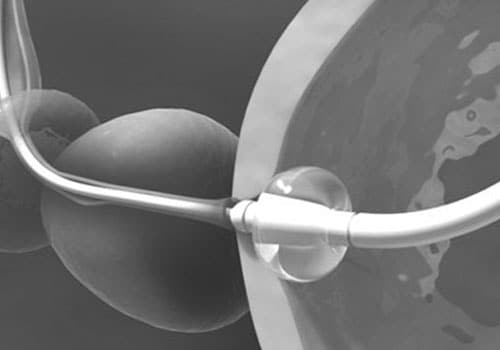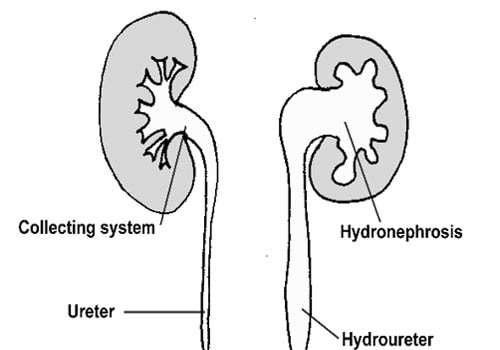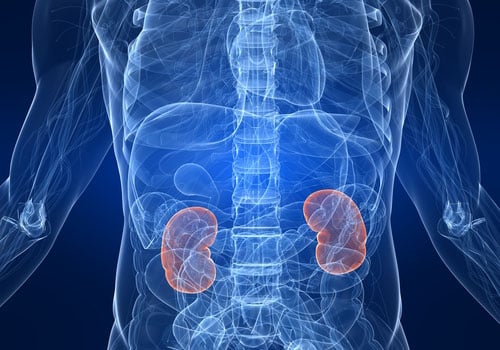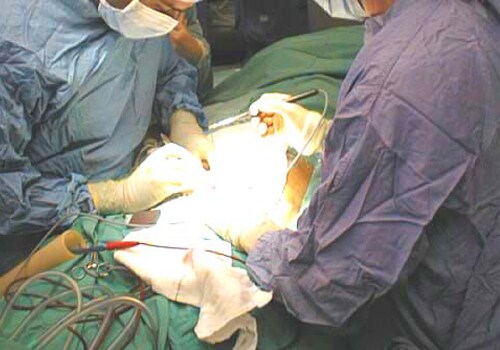-

What happens after the procedure?
The donor’s urine for the first day after the surgery is drained by a catheter inside the urinary bladder. This is removed after the first day and the donor may be allowed to walk after 24 hours. No dietary modifications are needed and the patient can resume eating as soon as the anaesthesia wears off. The hospital stay is usually not more than 2-3 days.
The recipient needs to stay in the hospital from 3-7 days depending on his condition. A bladder catheter is inserted which can be removed after a couple of days and the patient is generally able to eat and move about as soon as the anaesthesia wears off. The recipient is kept on medication to suppress any rejection reaction to the foreign kidney. Complete recovery usually takes a month. -

What are the risks involved?
The risks in the surgical procedure are the same as they are in other kidney operations. There may be complications in the administration of anaesthesia. The patient may bleed during the surgery or may contract an infection. The biggest risk in a transplant operation is the risk of rejection of the foreign transplanted organ by the recipient’s body.
-

Are there any other complications?
Some of the complications of the procedure are:
- Infection happens in about 25% of the cases
- Major bleeding which may require blood transfusion
- Connections between the donor’s kidney and the recipient’s blood vessels that do not work properly
- Rarely, increased risk of cancers resulting from life long intake of immunosuppressive drugs.
- Infection happens in about 25% of the cases
-

What is kidney transplant?
Kidney transplant is a surgical procedure in which the damaged kidneys of a person are replaced with a functional kidney from a person who is alive or has recently died.
Although a kidney transplant operation is a simpler procedure than most organ transplants, there are certain factors that are of paramount importance for the success of the procedure. To maintain the viability of the donor kidney, it has to be transported in a salt water solution and can only be preserved for a couple of days. During this time, the blood group of the donor and the recipient are matched. -

Why is it done?
A kidney transplant operation is done when there is irreversible kidney failure and the patient is on dialysis. Chronic renal failure or CRF may be due to the following causes:
- Severe and uncontrollable high blood pressure
- Diabetes
- Polycystic kidney disease, when the kidney(s) are damaged due to presence of cysts
- Infection of the kidneys (pyelonephritis)
- Swelling of the filtering cells of the kidneys (glomerulonephritis).
- Severe and uncontrollable high blood pressure
-

When is the procedure NOT done?
A kidney transplant is not recommended in patients who have:
- Any disease of the heart, lung or liver
- Any active infections like tuberculosis and osteomyelitis, which is an infection of the
bones
- Recent history of cancer.
- Any disease of the heart, lung or liver
-

What happens during the procedure?
Before the operation, the patient’s blood and tissue typing is done. In all transplants there is a high risk of rejection by the recipient’s body, and therefore all patients need to be put on drugs like cyclosporin or steroids that depress the immune system. These drugs are called anti-rejection or immunosuppressive drugs.
One kidney from a donor is removed under anaesthesia by making a cut in the abdomen. The kidney is removed with its blood vessels attached to it. The recipients abdomen is then opened and these blood vessels are then attached to the recipient’s blood vessels to ensure proper blood supply to the transplanted kidney. The tube that carries urine (ureter) is attached to the recipient’s bladder.


















